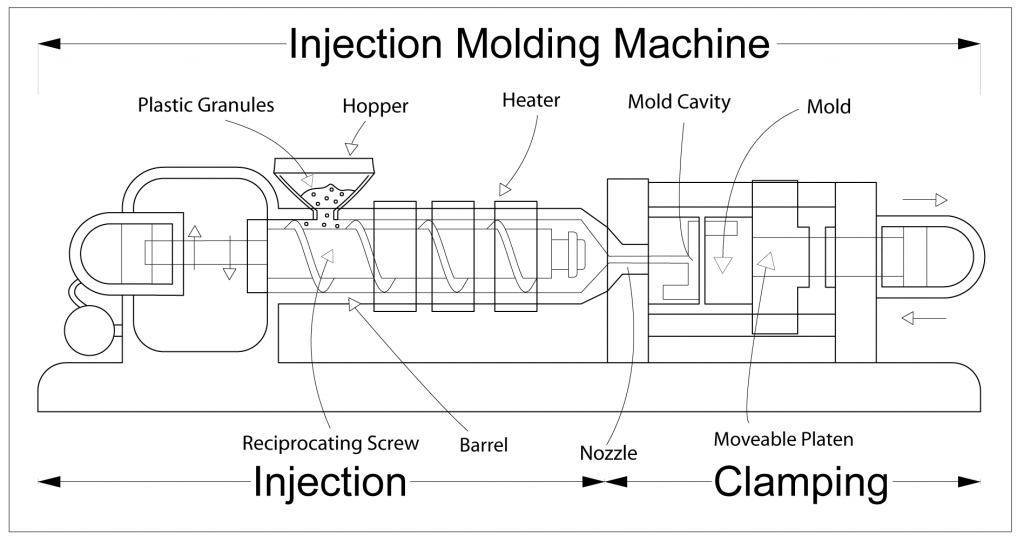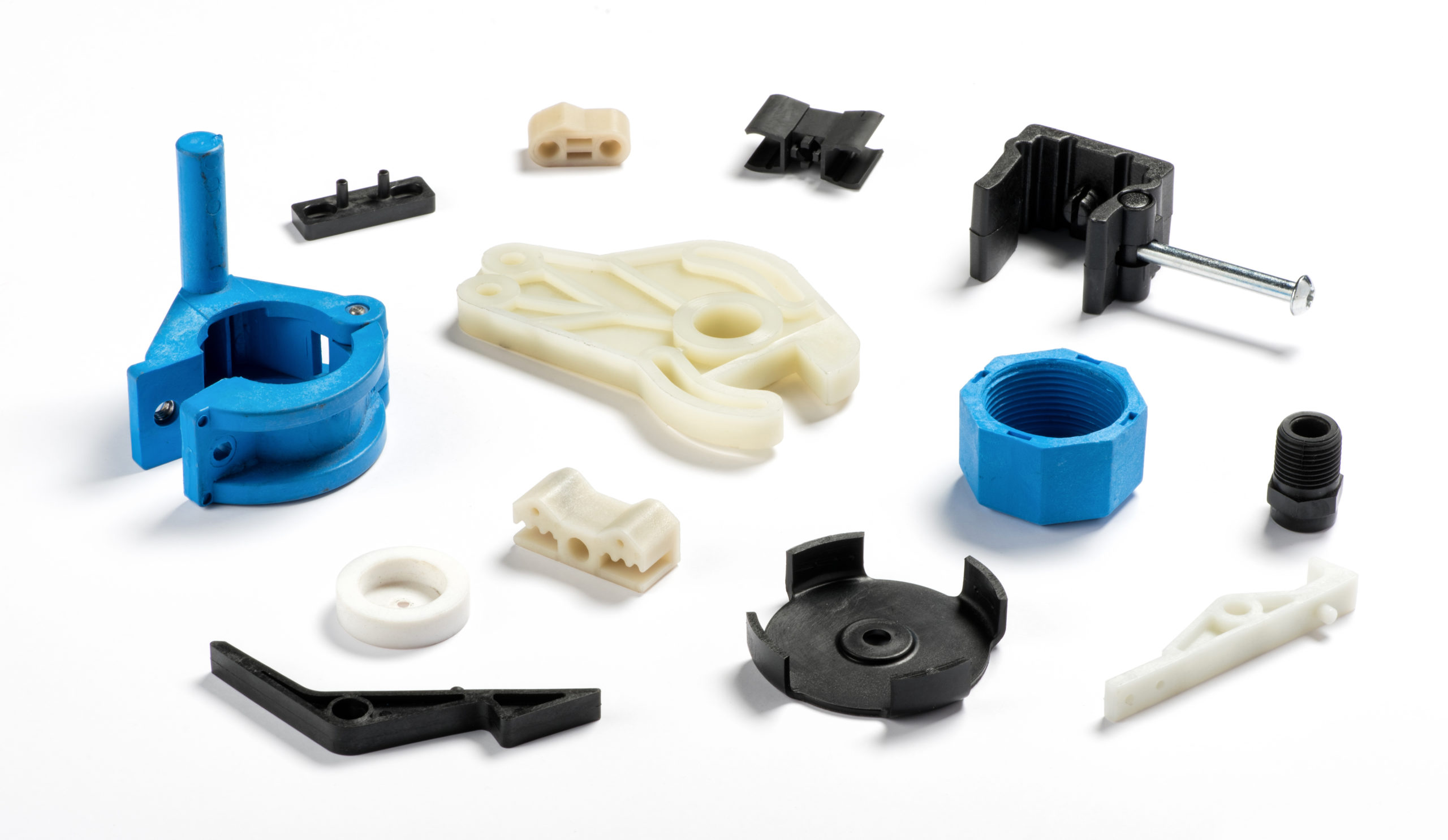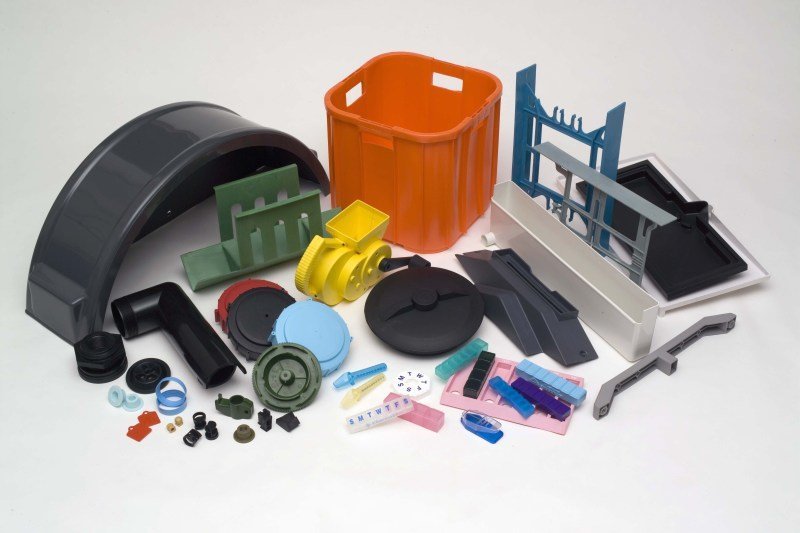Enhancing Product Growth with Advanced Plastic Injection Molding Solutions
Enhancing Product Growth with Advanced Plastic Injection Molding Solutions
Blog Article
Understanding the Basics of Plastic Injection Molding Procedures
Plastic shot molding works as a foundation of modern manufacturing, offering a systematic technique to generating complex components with accuracy. This process not only encompasses the basic actions of melting and infusing materials right into mold and mildews yet additionally involves a nuanced understanding of different affecting aspects, such as temperature level and pressure. As industries progressively demand performance and quality, the ins and outs of this technique come to be a lot more crucial. Checking out these necessary aspects could reveal how even minor modifications can bring about substantial renovations in manufacturing outcomes, raising questions concerning the potential for innovation in this established procedure.
What Is Plastic Injection Molding?
Plastic shot molding is a commonly made use of manufacturing procedure that transforms thermosetting and polycarbonate materials right into accurate and intricate forms. This method is preferred for its ability to create high volumes of identical get rid of remarkable precision, making it a crucial technique in numerous industries, including automotive, durable goods, and medical gadgets.
The process entails thawing the picked plastic material and infusing it into a mold under high stress. The mold, created to the specifications of the wanted part, enables the liquified plastic to take form as it solidifies and cools. Once the product has actually set, the mold is opened up, and the finished part is expelled.
Plastic shot molding supplies several advantages, including reduced waste, uniformity in production, and the capability to include intricate styles that might be testing with other manufacturing methods. Furthermore, it sustains a wide series of products, each giving one-of-a-kind properties that can be tailored for specific applications. As industries remain to introduce, plastic shot molding stays at the leading edge, enabling the development of advanced products that meet evolving consumer demands.
The Injection Molding Process
The shot molding procedure is a sophisticated strategy that entails a number of essential stages to generate premium plastic elements. Originally, plastic pellets are fed into a warmed barrel where they are merged a thick fluid. This molten plastic is then injected under high pressure right into a precision-engineered mold and mildew, which forms the material right into the wanted kind.
When the mold is filled, the plastic is allowed to cool and solidify, taking the shape of the mold tooth cavity. Air conditioning time is critical, as it influences the cycle time and the final residential or commercial properties of the molded component. After adequate air conditioning, the mold and mildew opens up, and the finished part is ejected using ejector pins.

Materials Made Use Of in Injection Molding
Various materials can be utilized in the injection molding process, each offering distinct buildings that provide to certain applications. One of the most commonly made use of products consist of thermoplastics, thermosetting plastics, and elastomers.

Thermosetting plastics, like epoxy and phenolic materials, undergo a chemical adjustment during the treating procedure, resulting in a stiff, stringent structure. These products are excellent for applications needing high warmth resistance and architectural stability, typically made use of in automobile parts and electrical insulators.
Elastomers, including silicone and rubber-based materials, give versatility and durability. Their distinct residential or commercial properties make them ideal for applications that require elasticity, such as gaskets and seals.
Additionally, specialty products like bio-based plastics and compounds are acquiring traction for their environmental advantages and boosted efficiency features, broadening the scope of injection molding applications in numerous industries. Comprehending the buildings of these materials is essential for picking the ideal type for specific tasks.
Advantages of Injection Molding
Shot molding attracts attention as an extremely reliable production procedure that uses many advantages for producing complex get rid of accuracy. Among the most substantial advantages is the capability to create elaborate designs that would certainly be tough or impossible to achieve with various other approaches (Plastic Injection Molding). The procedure allows for in-depth functions and limited resistances, Read Full Article ensuring high-quality components
Additionally, shot molding is known for its quick manufacturing abilities, making it an excellent selection for high-volume manufacturing. Once the mold and mildew is developed, components can be produced promptly, minimizing preparations and raising general productivity. This performance not just decreases production prices however also provides an one-upmanship in the market.
The convenience of products used in shot molding further improves its charm. A wide variety of thermoplastics and thermosetting polymers can be utilized, permitting manufacturers to select products that ideal satisfy their certain needs, including stamina, flexibility, and warmth resistance.
Moreover, the process lessens waste, as excess product can frequently be reused and recycled. This sustainability aspect adds to a minimized ecological influence, making injection molding a liable production choice. In general, the advantages of shot molding make it a recommended method for numerous industries.
Aspects Influencing Product Quality
While numerous aspects can affect item top quality in injection molding, recognizing these elements is important for attaining optimum outcomes. Trick facets consist of product option, processing specifications, and mold style.
Product selection plays an important function, as different polymers show unique buildings that influence flowability, toughness, and thermal security. Poor material selection can bring about issues such as bending or insufficient dental filling.
Processing parameters, including stress, temperature, and cycle time, must be thoroughly regulated. Variations in these settings can cause inconsistencies in component dimensions and surface area finish. Excessively high temperatures may cause deterioration of the find more info polymer, while poor stress can result in short shots.
Mold and mildew style is equally important, as it determines the circulation of the molten plastic and the cooling process. Improperly created molds might cause uneven cooling prices, causing recurring stresses and dimensional errors.

Conclusion
In final thought, plastic injection molding acts as a crucial manufacturing procedure that allows the effective production of premium parts. Proficiency of the injection molding process, consisting of the understanding of products and the impact of different elements on product quality, is necessary for accomplishing ideal results. The advantages of this method, such as cost-effectiveness and design adaptability, more highlight its relevance throughout several industries, strengthening its status as a favored option for high-volume manufacturing.
Plastic shot molding serves as a cornerstone of modern production, supplying a methodical strategy to producing complicated parts with precision.Plastic injection molding provides several benefits, including lowered waste, uniformity in production, and the capability to integrate intricate designs that may be testing with various other making methods (Plastic Injection Molding). As markets proceed to introduce, plastic injection molding remains at the center, allowing the development of sophisticated products that satisfy developing customer demands
The shot molding process is a sophisticated technique that entails numerous crucial stages to create top quality plastic parts.In final thought, plastic injection molding serves as a critical manufacturing procedure that makes it possible for the efficient manufacturing of high-quality parts.
Report this page